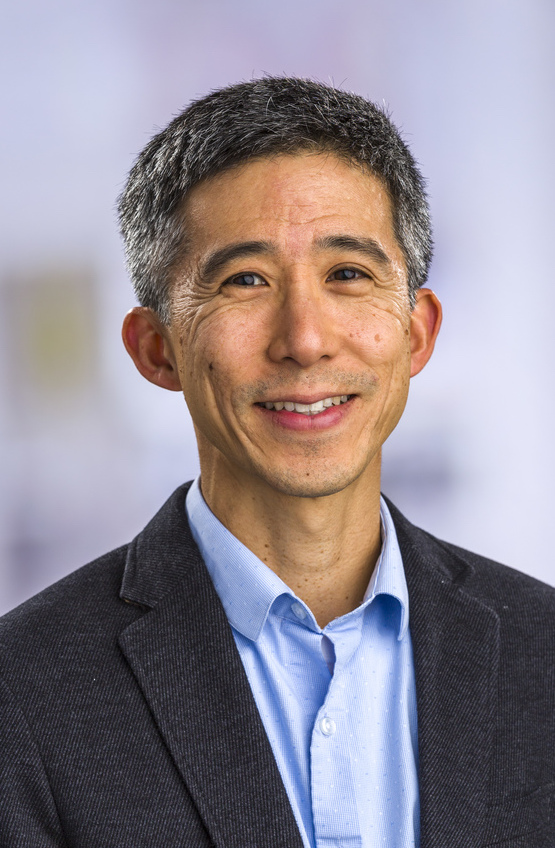Peer Reviewed Cancer
New Behavioral Health Science Awards Aim to Improve Quality of Life in Pediatric, Adolescent, and Young Adult Cancer Survivors



Posted September 8, 2023
New Behavioral Health Science Awards Aim to Improve Quality of Life in Pediatric, Adolescent, and
The prognosis for pediatric, adolescent, and young adults (PAYAC) has improved significantly over the last 50 years, resulting in increased numbers of survivors. There are about 70,000 child (ages 0-14 years), and 633,000 adolescent (ages 15-19 years) and young adult (ages 20-39 years) cancer survivors in the United States.1,2 Long-term follow-up studies revealed that PAYAC survivors remain at risk for late effects, which are health problems that occur months or years after cancer treatment has ended. Late effects in PAYAC survivors include cardiomyopathy, stroke, fertility issues, neurocognitive issues, and risk of secondary cancers. Treating these late effects to improve quality of life (QOL) in PAYAC survivors remains a major gap in cancer research.
In fiscal year (FY) 2020, the Peer Reviewed Cancer Research Program (PRCRP) introduced a new funding initiative, the Behavioral Health Science Award (BHSA). This funding mechanism supports research to fill gaps in the understanding of survivorship, including investigations into the psychological health and well-being of those affected by cancer.
 Dr. Eric Chow
Dr. Eric Chow (Photo Provided)
Gonadotropin-Releasing Hormone Analogs (GnRHa) and Protection of Ovarian Reserve in Adolescents and Young Adults with Cancer
Eric Chow, M.D., Fred Hutchinson Cancer Center
For many adolescent and young adult females with cancer, treatments result in premature menopause and reduced fertility. The inability to have children negatively affects the QOL for many of these patients. Currently options to "preserve" fertility (such as egg freezing) are not an option due to the cost and time required to stimulate egg production. Therefore, it is necessary to identify more options for fertility preservation. One possibility is the use of a class of drugs called called gonadotropin-releasing hormone analogs (GnRHa). Dr. Eric Chow and colleagues across the country propose to initiate a pilot clinical trial to investigate the ability of a GnRHa called triptorelin to preserve fertility. The study will enroll 60 females, with half randomly assigned to receive triptorelin. Ovarian function will be measured over a two-year period. Results from this study will determine the overall feasibility of a future, larger clinical trial to test the efficacy of triptorelin on fertility preservation in adolescent and young women. If successful, this project could change standard-of-care and improve QOL in female cancer patients.
Links:Public and Technical Abstracts: Gonadotropin-Releasing Hormone Analogs (GnRHa) and Protection of Ovarian Reserve in Adolescents and Young Adults with Cancer
 Dr. Sahaja Acharya
Dr. Sahaja Acharya (Photo Provided)
Transforming Radiation Therapy to Preserve Neurocognition in Children with Brain Tumors
Sahaja Acharya, M.D., Johns Hopkins University
Advances in diagnosis and treatment have significantly improved survival rates for children and adolescents with brain tumors, yet long-term side effects from radiation therapy remain a major problem. Neurocognitive impairment is a well-established late effect of radiation therapy and can affect academic performance, social-emotional functioning and the ability of living independently as an adult. This project will investigate methods to selectively reduce radiation dose to parts of the brain important for memory and processing speed during tumor treatment. Dr. Acharya will initiate a pilot study in pediatric brain tumor patients limiting radiation dose to the hippocampus, corpus callosum, and frontal white matter, and characterize early neurocognitive outcomes. A second arm of the study will characterize late neurocognitive outcomes in pediatric brain tumor survivors who completed radiation therapy more than 2 years ago. Both arms aim to determine the relationships between radiation dose, white matter injury, and neurocognition. If successful, this project could shift the paradigm of how radiation therapy is administered, where both tumor control and neurocognitive outcomes are optimized, thus improving short- and long-term QOL.
Links:Public and Technical Abstracts: Transforming Radiation Therapy to Preserve Neurocognition in Children with Brain Tumors
 Dr. Lisa Ingerski
Dr. Lisa Ingerski (Photo Provided)
A Biopsychosocial Approach to Advancing Juvenile Pilocytic Astrocytoma Survivorship
Lisa Ingerski, Ph.D., Emory University
Juvenile Pilocytic Astrocytoma (JPA) is a slow growing, benign brain tumor that occurs in children and young adults. It is the most common childhood brain cancer, accounting for 20% of brain tumors diagnosed in 0- to 14-year-olds. JPA has a cure rate of 90% following surgical removal. The current assumption that JPA survivors are not adversely impacted by their diagnosis may not be correct, with small pilot studies suggesting impairments in sleep and executive functioning. More information is needed, and Dr. Ingerski proposes to use a biopsychosocial approach to examine the neurobehavioral functions of children and adolescents diagnosed with JPA. The project will prospectively enroll 150 JPA survivors to complete a series of objective performance-based and psychosocial measures. Neuroimaging and analysis of inflammatory markers will be performed to identify JPA survivors at risk for impairment. This project has the potential to inform future treatment decisions for children and adolescents diagnosed with JPA, transform long-term follow-up survivor guidelines, inform surveillance needs, and support multidisciplinary patient care.
Links:Public and Technical Abstracts: A Biopsychosocial Approach to Advancing Juvenile Pilocytic Astrocytoma Survivorship
References:
1Miller KD, Nogueira L, Devasia T, et al. 2022. Cancer treatment and survivorship statistics. CA: A Cancer Journal for Clinicians 72(5):409-436.
Doi: 10.3322/caac.21731.
2Chao C, Bhatia S, Xu L, et al. 2020. Chronic comorbidities among survivors of adolescent and young adult cancer. Journal of Clinical Oncology 38(27):3161-3174.
Doi: 10.1200/JCO.20.00722.
Last updated Monday, March 10, 2025














